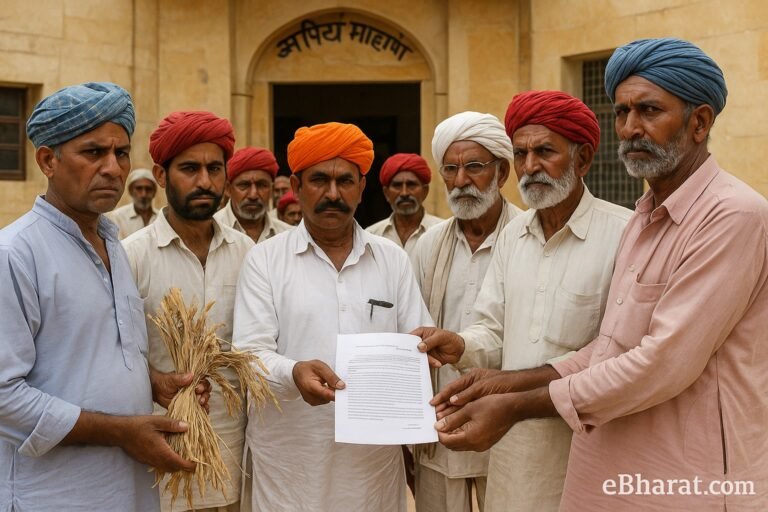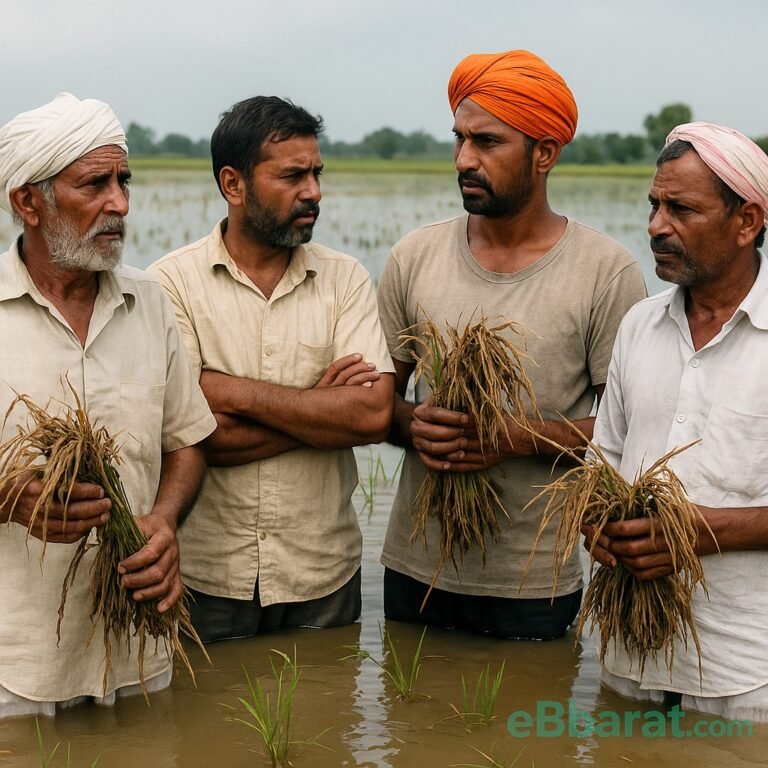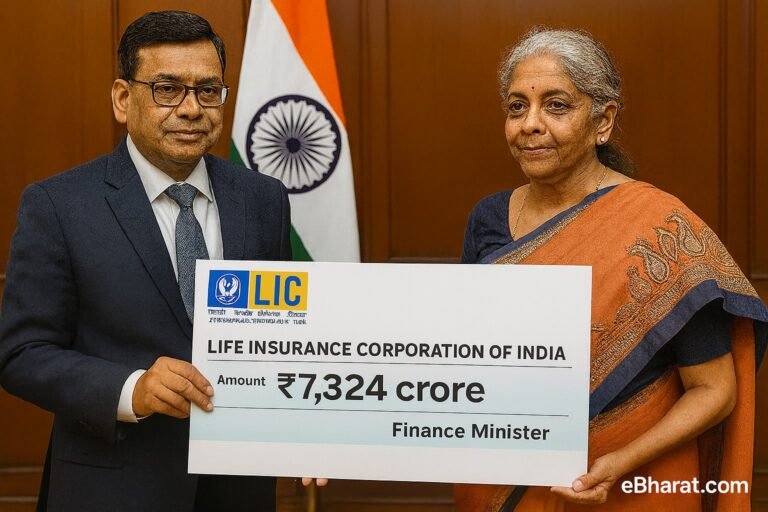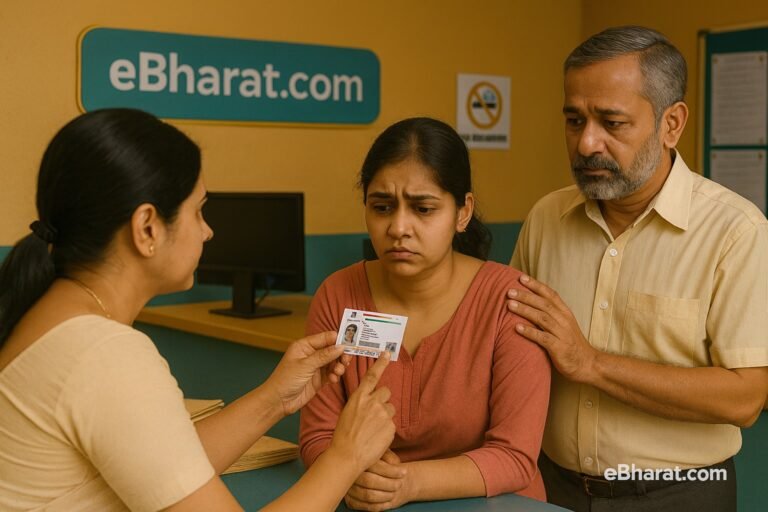
In the wake of the recent backlash against PolicyBazaar’s premium structuring during the health insurance tariff updates, a new wave of nimble InsurTech startups is aggressively moving to fill the rural market gaps left behind.
Platforms like BimaXpress, MicroSure, and JeevanSetu — backed by micro-VCs and impact investors — are now targeting households with incomes under ₹25,000/month, offering simplified policies that meet IRDAI’s micro-insurance guidelines.
“Bharat Has Been Left Behind”
According to Neeraj Mehta, co-founder of JeevanSetu:
“While aggregators focused on metros, rural policyholders were either underserved or priced out. This is our chance to build low-cost products with true last-mile delivery.”
After IRDAI’s 2024 tariff guidelines forced several insurers to raise health premiums — especially for older and high-risk customers — aggregator sites like PolicyBazaar saw drop-offs from rural customers, particularly those without digital literacy or who depend on ASHA workers and micro-agents.
In contrast, these startups are embedding policies into local digital wallets, ration apps, or kirana billing tools, making insurance buying seamless and language-friendly.
| Feature | Typical PolicyBazaar Plans | Micro-Insurance Startups |
|---|---|---|
| Annual Premium | ₹6,000 – ₹25,000 | ₹250 – ₹2,000 |
| Target Market | Urban salaried & middle class | Rural low-income & informal sector |
| Distribution | Online comparison portals | Local agents, mobile apps, wallets |
The “Tariff Crisis” Fallout
Earlier this year, multiple health insurers adjusted pricing models to comply with IRDAI’s new risk-based guidelines. PolicyBazaar, in turn, faced criticism for opaque premium jumps, leading to thousands of user complaints on social media — especially from small-town users.
This has created a window of opportunity for challenger brands to present transparent, fixed-benefit policies tailored to rural pain points like accident cover, livestock loss, and hospital cash.
Why It Matters
- Health insurance uptake in rural India remains below 12%.
- InsurTech startups are tapping into UPI, PM-WANI & ONDC integrations.
- IRDAI’s support for microinsurance opens space for rural-first innovation.
This growth in rural insurance isn’t random — it matches the rise of low-cost, easy-to-understand plans made for India’s informal workers. Read more in Microinsurance in India — What It Is, Who It Helps, and Why It’s Growing Fast.
As the insurance industry rebalances post-tariff reforms, it’s becoming clear: Bharat is no longer an afterthought — it’s the next frontier.
Follow eBharat.com for daily insights on insurance, fintech, and rural innovation.
Take Your Next Step in Insurance
Try Our Digital Tools Explore Insurance Plus Become an AgentEmpower yourself with tools, insights, and opportunities — all in one place at eBharat.com.













